
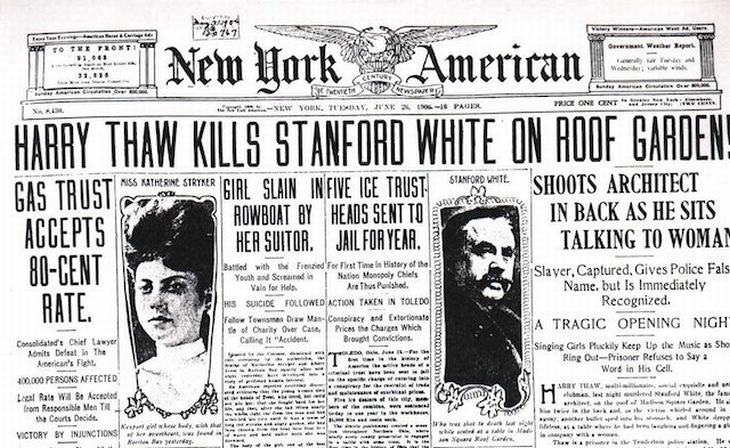
Railroad heir Harry Kendall Thaw murdered the well-known architect, Stanford White, in Madison Square Garden’s rooftop restaurant. The mentally-ill Thaw couldn’t get over his unhinged jealousy over White seducing the woman that would go on to be his wife when she was just 16 years old.
The East Coast press was awash with stories about the trial, which captivated the public. Most of the coverage was biased toward one of the involved parties or another, because they actually paid for it to be that way. The trial is often cited by historians as being the first trial of the century.
The District Attorney and Thaw’s lawyer wanted an insanity plea, but Thaw’s family did not want their name sullied in such a way. They threw their money at doctors to diagnose him as a victim of a temporary type of insanity. Although his first trial ended with a deadlocked jury, his second saw him sentenced to life in a facility for the criminally insane. He ended up escaping before undergoing a third trial, in which he was found both sane and not guilty.
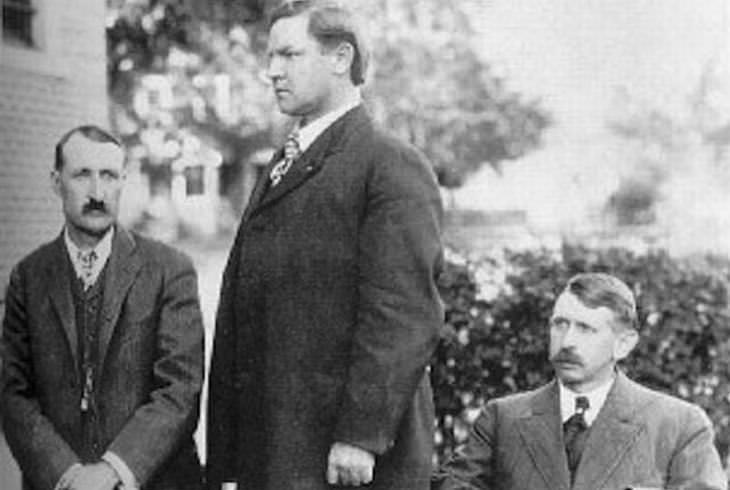
It wasn’t long before there was high court drama in the United States, and that’s because the trial for the assassination of a former governor of Idaho, Frank Steuneberg, got underway barely a year after the trial of Harry Kendall Thaw.
The suspect, American union pioneer “Big Bill” Haywood, had a defense team consisting of famous Chicago lawyer Clarence Darrow, who made his introduction on the national stage in the trial. Darrow and his team managed to get Haywood acquitted of murder thanks to a comprehensive cross-examination of the government’s only witness.

Two Italian immigrants to the United States, Bartolomeo Vanzetti and Nicola Sacco, were arrested for killing two people during the robbery of a shoe factory in Massachusetts in 1920. Although a guilty verdict looked certain, the men had well-funded support, so the trial dragged on for another six years.
Vanzetti and Sacco were anarchists, and their trial resulted in a number of retaliatory bombings both on US soil, and at American Embassies overseas. The glaring attention on the trial resulted in its shakiness being exposed – the prosecution largely relied on testimonies from untrustworthy witnesses, and funds from parties sympathetic to the defendants meant that it went on until 1927.
The men were ultimately unsuccessful in their appeals, found guilty and executed.
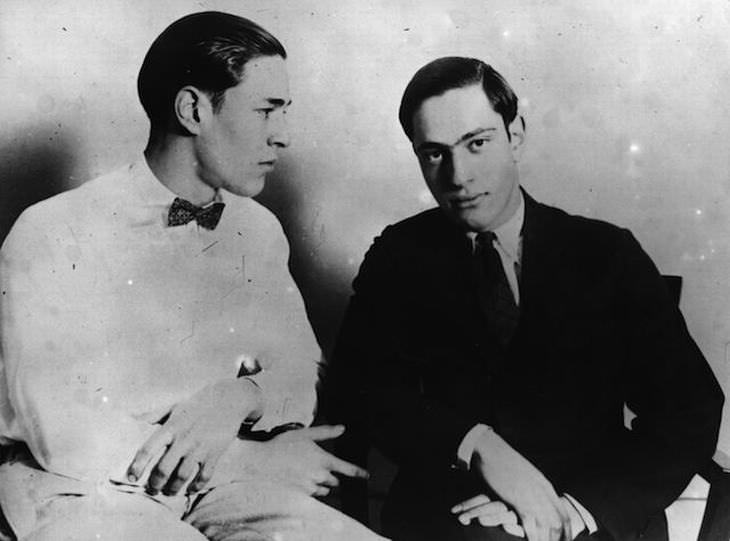
Nathan Leopold and Richard Loeb were two wealthy students at the University of Chicago that were obsessed with committing the perfect crime. To carry out their plans, they abducted 14-year-old Bobby Franks from the city’s suburbs on May 21st, 1924.
They murdered the teenage boy in a car that they had rented under a false name, and proceeded to dump his mutilated body near the Indiana border. The only thing that undid the two from literally getting away with murder was a pair of eyeglasses that Leopold left at the scene.
It turns out that only three people in the whole of Chicago had been sold that specific type and design of eyeglass frame, and Leopold happened to be one of them. Both men were brought in for questioning, and confessed to the murder. They narrowly missed being executed, and were each sentenced to life imprisonment. Loeb was murdered by a fellow inmate, and Leopold was paroled 34 years later.
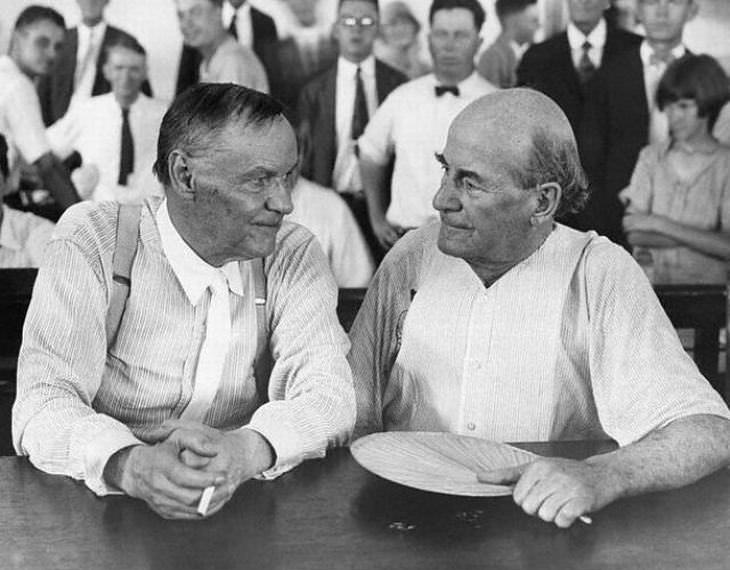
John Thomas Scopes was put on trial in the Rhea County Courthouse in Dayton, Tennessee for violating the Butler Act, a Tennessee law that prohibited the theory of evolution from being taught in schools. Scopes was well aware that his trial would be used as a proxy suit conducted by various interest groups for their own ends, so he hired the most famous lawyer in the country – none other than the aforementioned Clarence Darrow.
The prosecution’s team consisted of William Jennings Bryan, who had previously ran for the American presidency, and numerous other prominent figures. Scopes’ “Monkey Trial”, as it came to be known, was the first trial in America to be broadcast on national radio.
Packed with dramatic moments, such as Darrow calling Bryan to the stand to question him on the veracity of the Bible’s contents, a guilty verdict finally came through. Scopes’ $100 fine was paid by the Baltimore Sun’s publishers, and all the media attention the trial garnered meant that laws such as the Butler Act came under much-increased scrutiny.
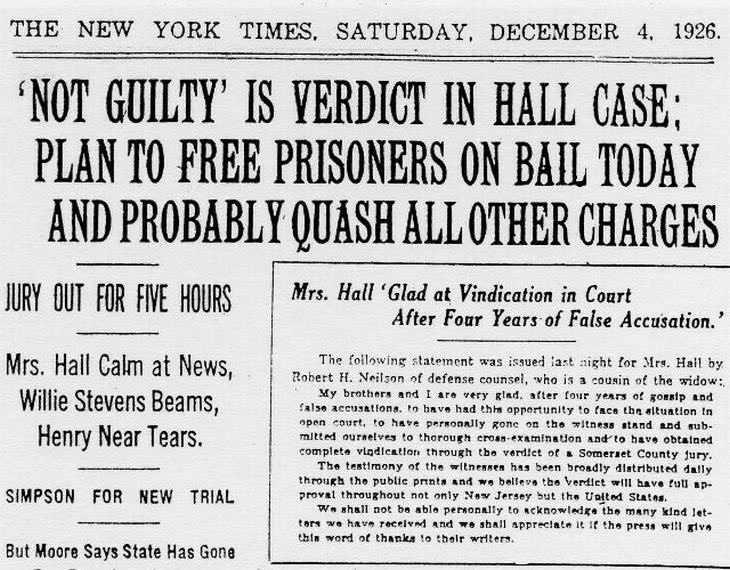
Back in 1922, the corpses of two people were found in a New Jersey field. Eleanor Mills and Edward Hall were founded positioned intimately next to each other, together with a sprinkling of ripped up love letters between them.
Two brothers were charged with the double murder, and the trial instantly drew the attention of the press. What happened next is pretty amazing compared to the other trials in this list – everyone forgot about it pretty soon after it happened!
There were some 300 reporters covering the trial at one point, covering a key witness, among other characters, who became known in the tabloid press as the Pig Woman (she used to farm hogs and ride mules). The suspects were acquitted.
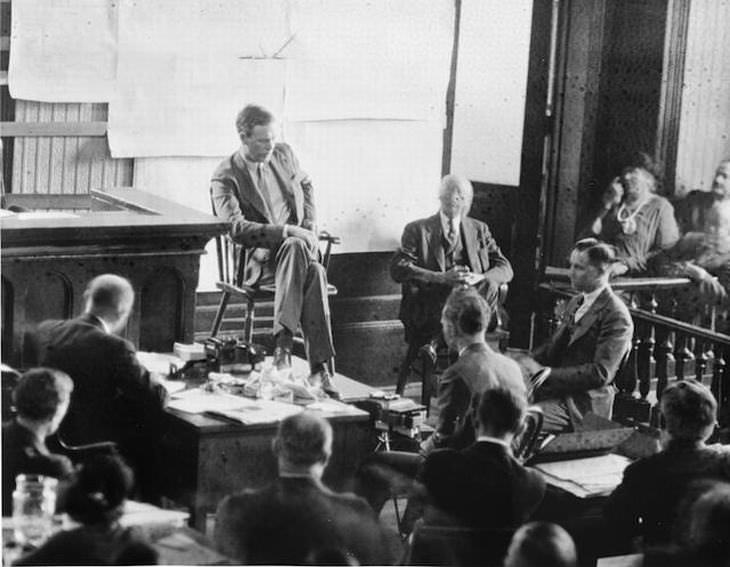
The infant son of the famous aviator, Charles Lindbergh, disappeared from the family home in New Jersey on March 1st, 1932. His remains were still undiscovered some two months later, leading to the opening over a murder investigation. A suspect eventually emerged – German-born Bruno Richard Hauptmann.
The ensuing media circus at the Hunterdon County Courthouse in New Jersey was like nothing that had ever been seen before. The trial also marked the first time that sounds cameras were used to cover an American trial. A reporter on the scene, H.L Mencken, described the trial as “the biggest trial since the Resurrection.”
In fact, things got so out of hand that the American Bar Association was spurred into issuing a report begging legislators to curb the media with new laws, citing that such frenzied press attention “panicked” the proceedings. Hauptmann was eventually found guilty of murder and sentenced to death.
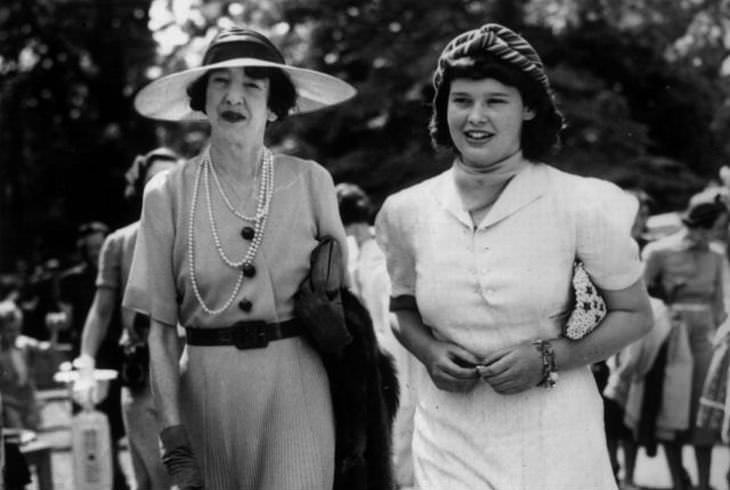
Gloria Vanderbilt was the daughter of famous railroad heir Reginald Vanderbilt and his socialite wife Gloria Mercedes Morgan. Her father passed away when she was just 18 months old, and her immense trust fund thus went to her mother, who loved to spend the money.
This led to the toddler being kidnapped by her aunt, Gertrude Whitney, who was believed to be the richest woman in America at the time. She took such an action on the grounds of her belief that Gloria’s mother was unfit to raise her, sparking a truly scandalous trial.
Gertrude’s legal team made sure to get the message across that Gloria Morgan led a debauched lifestyle, and the more than 100 reporters were eager to relay certain details, such as the young mother’s “alleged erotic interest in women”. Two months’-worth of mud-slinging later, Gertrude Whitney was awarded custody of Gloria Vanderbilt. Gloria Morgan was allowed visitation on the weekends.

The Nuremberg Trials achieved infamy around the world – they were military tribunals of 22 Nazi leaders for war crimes and crimes against humanity. They began on November 20th, 1945 and October 1st, 1946. Although their purpose was to bring high-ranking Nazi officials to justice, the Nuremberg Trials also served to impart the world with knowledge of the severity and scale of Nazi Germany’s action in the years leading up and during the Second World War.
Many Nazi leaders actually committed suicide at the end of WWII, so the men that went on trial were the highest-ranking Nazi officials that could best answer for the crimes of their government. The Trials didn’t need much sensationalizing to garner the attention of the world’s media – the evidence presented spoke for itself.
Some 12 of the men that were tried were executed, three were sentenced to life imprisonment, four received prison sentences and three were acquitted.
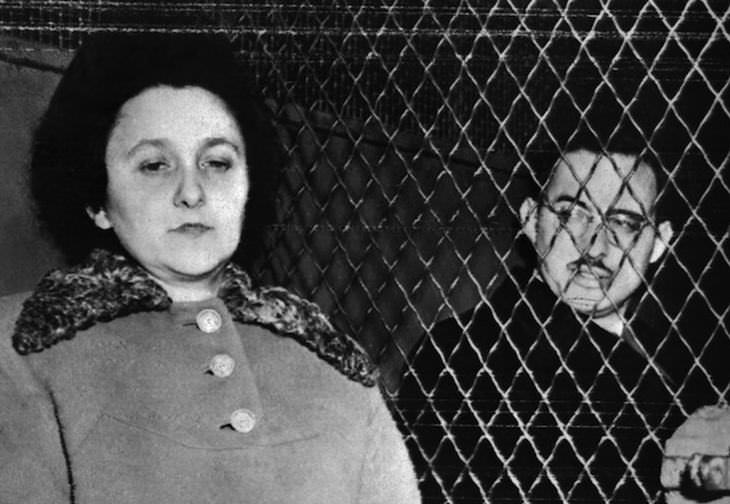
The Soviet Union detonated its first atomic bomb in 1949. Some two years later, Ethel and Julius Rosenberg were tried for selling nuclear secrets that were given to them by Ethel’s brother, a machinist that worked at the Los Alamos military base.
The trial went on for just a month, leading to the Rosenbergs being found guilty and becoming the only US citizens to be executed for espionage during the Cold War. They were executed by electric chair on June 19th, 1953.
Upon sentencing them, the judge told the couple that he considered their crime to be far worse than murder, because their betrayal could have led to the deaths of many millions of Americans. The trial helped to accelerate Cold War paranoia in America, fostering a public perception within the United States that there individuals hell-bent on destroying the country from within.